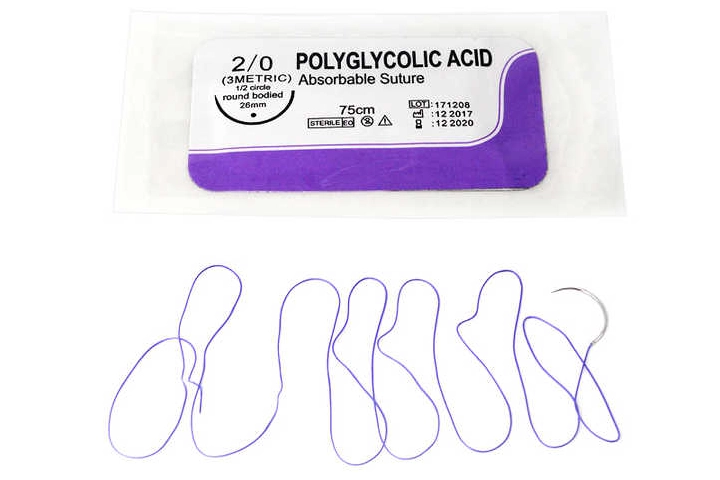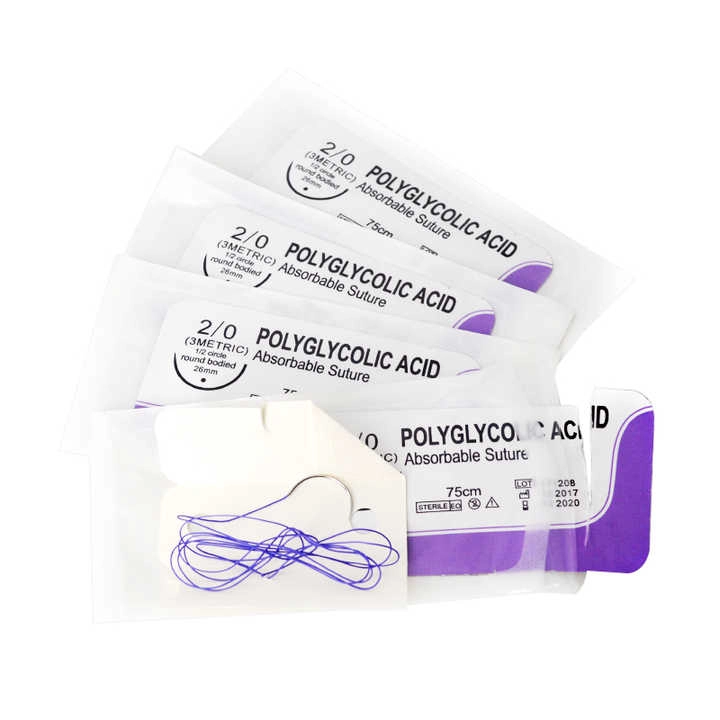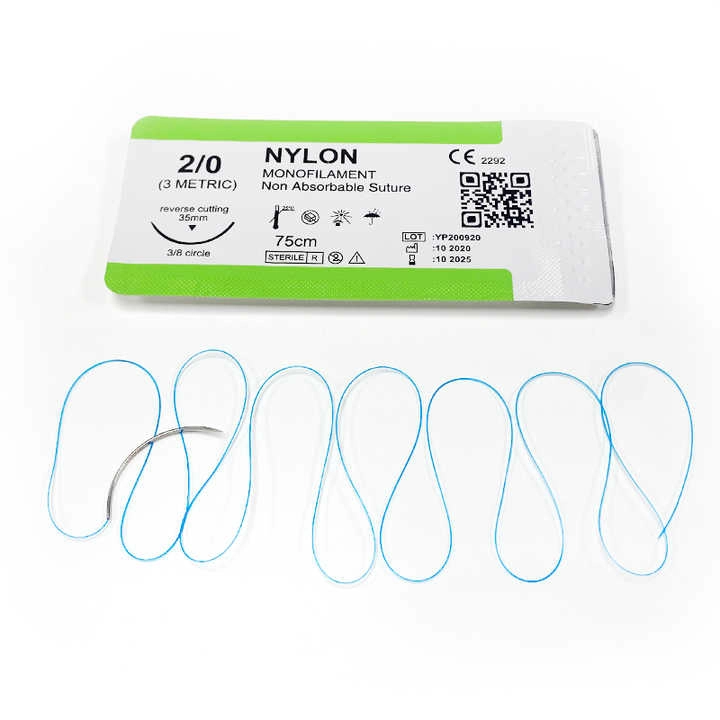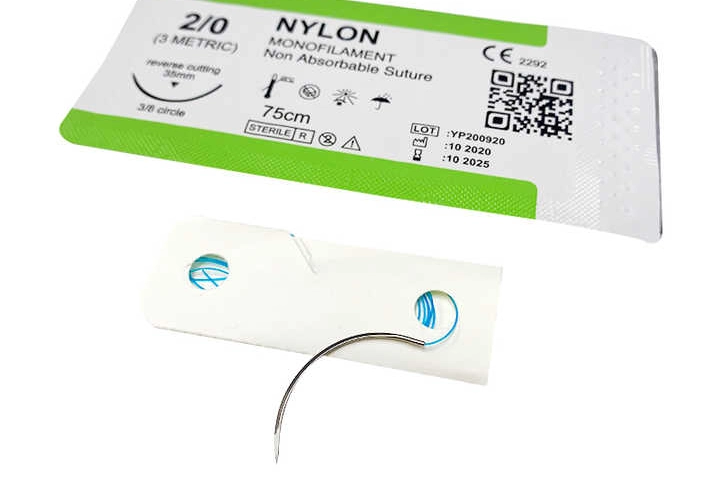
Dissolvable stitches, or absorbable sutures if you want to get fancy, are a super common trick doctors use to close up wounds or surgery cuts. No need to go back to have them yanked out. They just vanish on their own as your body does its thing. Getting the lowdown on how these stitches work, what makes them disappear faster or slower, and how long they usually stick around can make your recovery way easier.
What Are Dissolvable Stitches?
Dissolvable stitches are made from stuff your body can gobble up or break down naturally. Unlike old-school stitches that a doctor has to pull out, these ones just fade away as your wound heals up. They’re super handy for inside your body or places where taking out stitches would hurt or be a hassle. They’re usually made from things like polyglycolic acid, polylactic acid, or catgut, which is from animal guts.
What Makes Stitches Vanish Faster or Slower
A few things figure out how quick dissolvable stitches disappear. It’s about what they’re made of, where they’re at on your body, and how you’re doing health-wise.
What They’re Made From
The stuff these stitches are made of is a big deal for how fast they go away. For example, stitches from polyglycolic acid vanish quicker than ones from polydioxanone. Catgut might be gone in like a week. More high-tech ones, like polylactic acid, could take months to totally disappear. Companies whip up these materials with different strengths and speeds to fit what doctors need.
Where They’re Placed
Where your stitches are on your body matters a ton. Spots with lots of blood flowing, like your face or insides, help stitches fade faster because of more enzyme action and better blood flow. Places with less blood flow? They might take their sweet time.
How Your Body’s Doing
Your age, how healthy you are, and any health issues can change how fast your stitches vanish. Like, if you’ve got diabetes or your immune system’s not great, healing might drag a bit. Smokers often heal slower too since their blood’s got less oxygen.

How Long Dissolvable Stitches Usually Take to Fade
How long these stitches take to disappear depends on a few things. But it usually follows a pattern based on what they’re made of and what kind of surgery you had.
Typical Timelines Based on Stitch Material
- Catgut Sutures: Usually gone in 7-10 days.
- Polyglycolic Acid Sutures: Take about 2-4 weeks to fade out.
- Polylactic Acid Sutures: Might need 3-6 months to totally go away.
- Polydioxanone Sutures: Can hang out for 6 months or more.
Differences in Surgeries
Some surgeries need specific kinds of dissolvable stitches depending on how fast healing’s supposed to go. For example:
- In dental stuff where healing’s quick, fast-fading stitches like catgut are the pick.
- In bone surgeries where tissues need support for a while, stuff like polydioxanone is used since it takes longer to vanish.
How Your Body Handles Dissolvable Stitches
Your body gets rid of these stitches using enzymes and by blending them into your tissues.
How Enzymes Break Them Down
Enzymes are huge for dealing with natural stitches like catgut. Special enzymes chop up these proteins into tiny bits your tissues can soak up. High-tech stitches go through something called hydrolysis. That’s when water molecules break them into simpler stuff your body can handle.
How Stitches Mix into Your Tissues
As these stitches fade, they blend into nearby tissues through stuff that helps you heal. Cells called fibroblasts, like your body’s fix-it team, roll up to the bundle. They make collagen fibers to keep things strong as the stitches disappear. This smooth mixing keeps your tissues supported while kicking out the foreign stuff.
Knowing this helps you get why doctors pick certain stitches for different jobs. It also shows why you’ve gotta follow the recovery tips your doctor gives you.

Signs Your Stitches Are Fading the Right Way
Normal Stuff While They’re Breaking Down
Dissolvable stitches have their own way of fading out. You might spot a few things. A bit of redness or puffiness around the stitched spot is no biggie. It means your body’s hard at work healing. A little itch as the stitches start to go is usually fine, unless you’re dealing with bad pain or crazy redness. You might even see tiny bits of the stitch material show up on the wound as it breaks down and gets pushed out.
When to Hit Up Your Doctor
Most dissolvable stitches fade without any drama. But some stuff means you should call your doctor for extra service. If you’ve got pain that won’t quit, a ton of swelling, or pus coming from the wound, that could mean an infection. If the area gets super red or feels warm, hit up your healthcare provider quick. In rare cases, stitches might not fully vanish and could cause irritation or puffiness. If that’s the case, your doctor might need to pull out any leftover bits by hand.
Taking Care of Dissolvable Stitches
Best Ways to Help Things Heal
Keeping It Clean and Dry
Taking care of your wound is a must to make sure dissolvable stitches do their job without any trouble. Gently wash the stitched spot with mild soap and water. Skip harsh chemicals or alcohol stuff—they can bug the wound. Pat it dry with a clean towel. Don’t rub it, ‘cause that could mess things up.
Don’t Stress the Stitched Spot
To help healing, don’t put too much pressure on the stitched area. Skip lifting heavy things or doing stuff that tugs or stretches the wound. If your stitches are near a joint, try not to move it a ton until your doctor says it’s all good.
Stuff to Skip While Healing
While you’re recovering, avoid things that could slow you down. Don’t go swimming—too much digit can mess with stitches and up the chance of infection. Skip hot tubs or long baths until your doctor gives you the thumbs-up. Also, keep the wound out of direct sun. UV rays can slow healing and mess with your skin’s color.

Getting the scoop on how dissolvable stitches work and sticking to good aftercare tips are super important for healing without a hitch. If you’re stressed about your stitches or see anything weird while healing, don’t sit on it—talk to a healthcare pro for advice. If you need any high-quality dissolvable sutures, you can contact Medco anytime.
FAQ
Q: Why do some stitches dissolve faster than others?
A: It’s about what they’re made of, where they’re placed, and your health. For example, stitches in spots with lots of blood flow (like your face) disappear quicker. If you’ve got health issues like diabetes, it might take longer.
Q: Can I tell if my stitches are dissolving properly?
A: Yup! A bit of redness, swelling, or itching around the stitched spot is normal—it means your body’s healing. You might see tiny bits of the stitch material pop up as they break down. But if you’ve got bad pain, tons of redness, or pus, call your doctor.
Q: What should I do to take care of my dissolvable stitches?
A: Keep the area clean and dry—gently wash with mild soap and pat it dry. Don’t tug or stretch the stitched spot, and avoid stuff like swimming or hot tubs until your doctor says it’s okay. Also, keep it out of direct sunlight.




